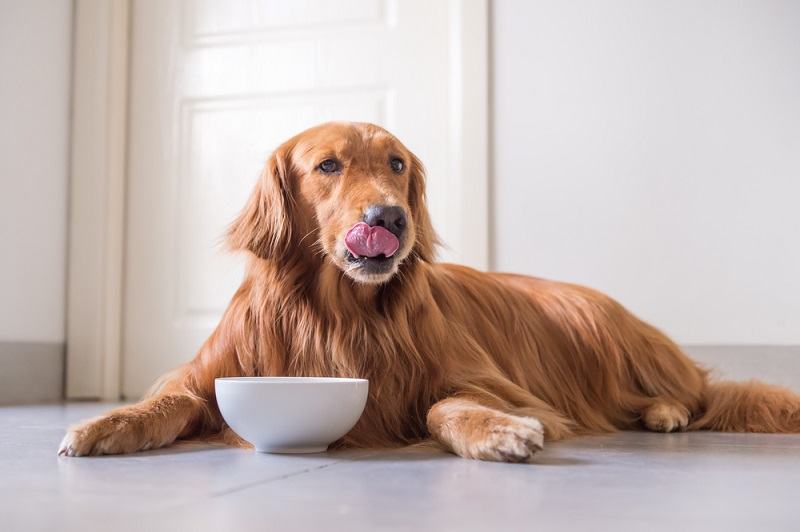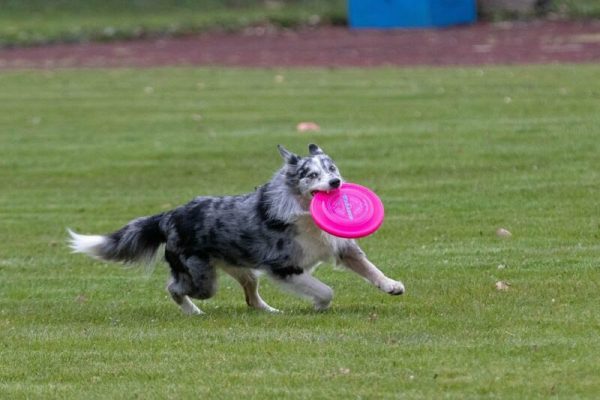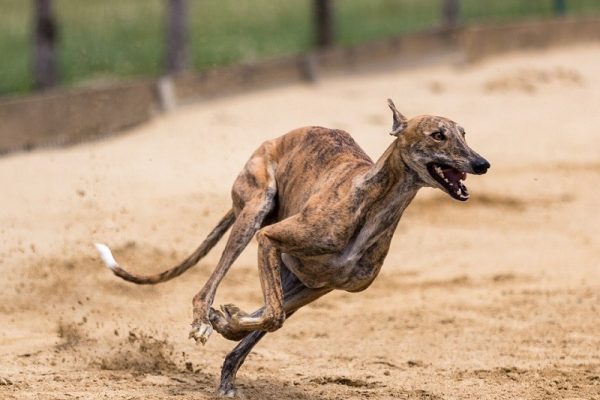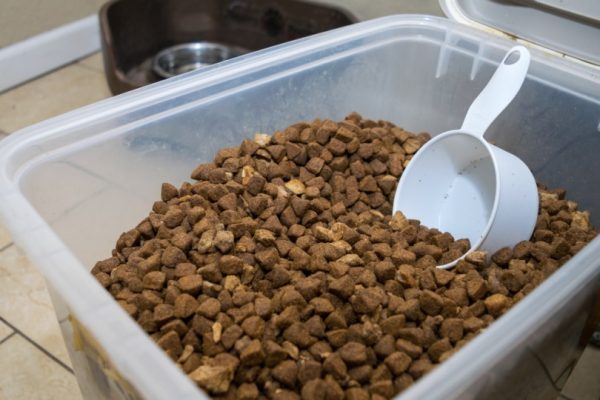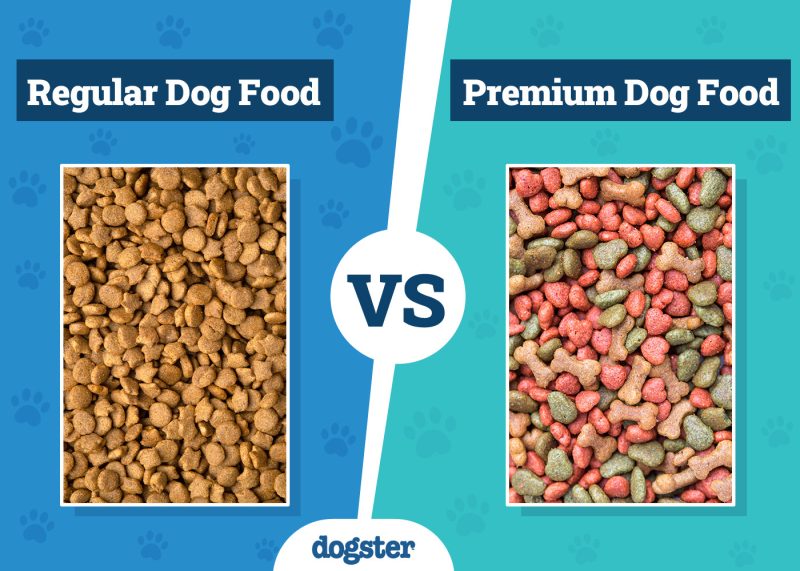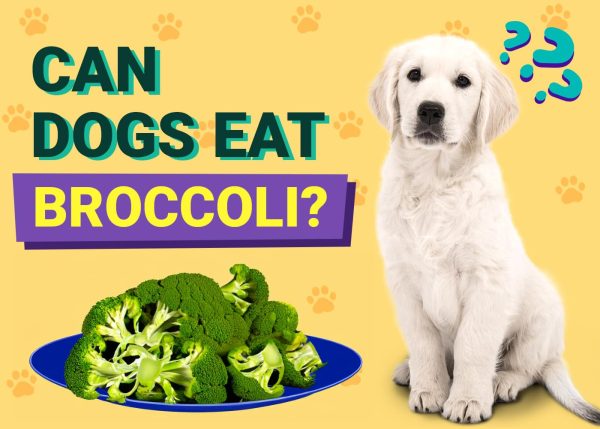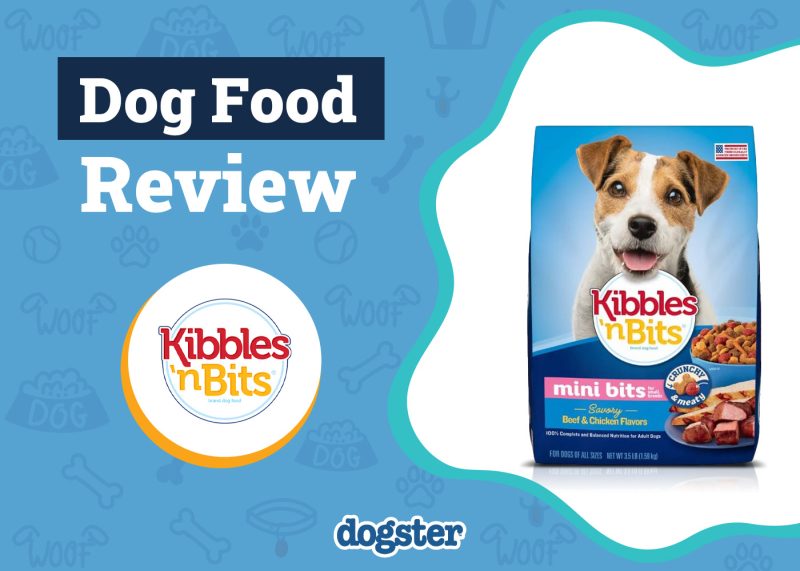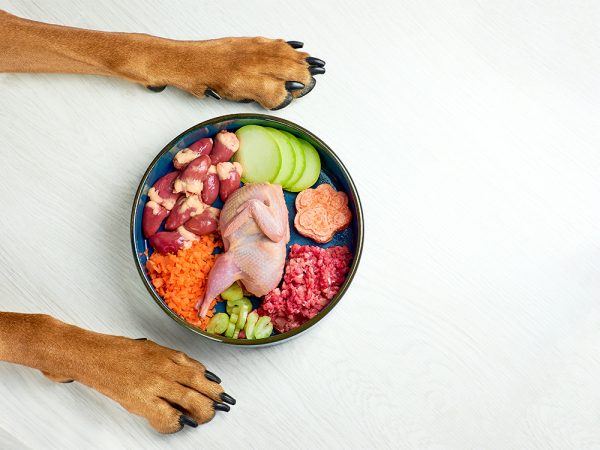In this article
View 2 More +If you have ever watched your dog consume their daily meal, whether a pellet, raw, wet, or homemade food, you may wonder how they can enjoy eating the same type of food every day.
Dog food might not seem appealing to us, but it is something that your dog looks forward to. This can raise questions as to whether dogs can truly taste their food, and how good their sense of taste is in comparison to ours. In short, humans have a better sense of taste than dogs.
Well, we have all the answers to your questions in this article.

Dog vs. Human Sense of Taste
A dog’s sense of taste is not as great as a human’s. In fact, we have way more taste buds than dogs do. The average dog has around 1,700 taste buds, cats around 470, and a human has anywhere between 2,000 to 9,000 taste buds, making our sense of taste much better than dogs, while a dog’s sense of taste is much better than a cat’s. Even though dogs have fewer taste buds than us, they can still taste their food quite well and even enjoy the different sensations on their tongue.
When it comes to dogs’ sense of taste, they seem to have features that we as humans lack. Dogs have special taste buds for water on the tip of their tongues, and these become more sensitive if the dog is thirsty.
| Animal | No. of Taste Buds |
| Human | 2,000 to 9,000 |
| Dog | 1,700 |
| Cat | 470 |
| Pig | 15,000 |
| Catfish | 100,000 |
| Parrots | 350 |
Can Dogs Taste Their Food?
Even though dog food might seem boring and even bland to us, our dogs seem to love their food. Some of you might even agree that a dog’s favorite time of the day is mealtime when they get to enjoy their food with a wagging tail.
The truth is that dogs seem to get more enjoyment from the smell of their food rather than from their taste since dogs have a much greater sense of smell than taste. Therefore, dogs can willingly eat dry dog pellets (kibble) and enjoy them since the aroma of dog food entices them.
Although, some dogs find certain foods unappealing because the texture or taste is not enticing enough for them, while other dogs are not picky over what they eat.
Even though the smell of the food is the main reason dogs will like a particular food, some dog owners will still go the extra mile to make sure that their dog’s food looks as appetizing as possible. Regardless, most dogs enjoy commercially prepared foods if it has an aroma, flavor, and texture that your dog enjoy.

What Flavors Can Dogs Taste?
Dogs can taste the five main flavors that humans can—salty, bitter, sweet, sour, and umami—and they have additional receptors for tasting water. Just like humans, dogs can distinguish between different tastes, which is why they react to sour flavors from lemons, which can be quite unappealing to your dog.
Some dogs have a better tolerance toward sweeter foods, like fruits, and they may find these foods more appealing. However, since dogs are omnivores and primarily eat meat, the most favorable flavor that your dog can eat is likely savory flavor or umami.
Unlike humans, dogs do not have to have their food seasoned (especially since dogs shouldn’t eat human spices), and they are quite content to eat meat-based foods. Whether it is from a meaty aroma in their pellets or the meaty flavor of wet or raw dog foods, dogs don’t seem to mind.

Final Thoughts
When it comes to a dog’s sense of taste, their sense of smell is much better. With only a sixth of the number of taste buds in comparison to a human, dogs’ senses are quite limited when it comes to taste. However, they are still able to taste their food and distinguish the difference between multiple flavors. Their wonderful sense of smell works together with their sense of taste to decide if a meal is appealing to them.
Related Reads:
- Do Dogs Have a Sense of Time? (Facts & FAQ)
- Do Dogs Have a Good Sense of Humor? The Interesting Answer!
Featured Image Credit: chendongshan, Shutterstock
